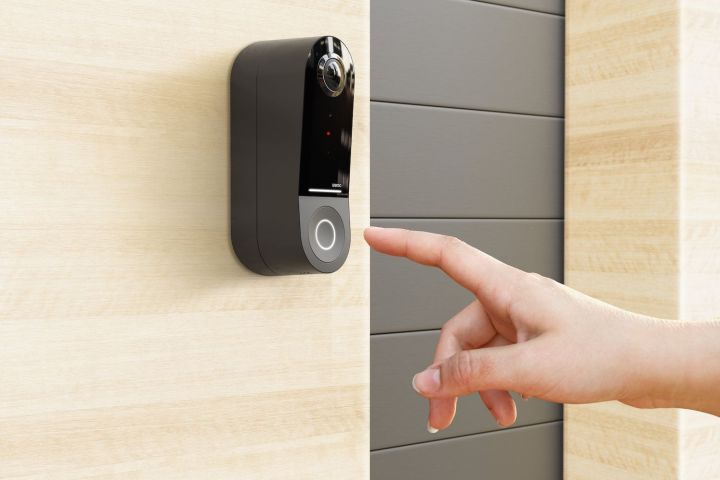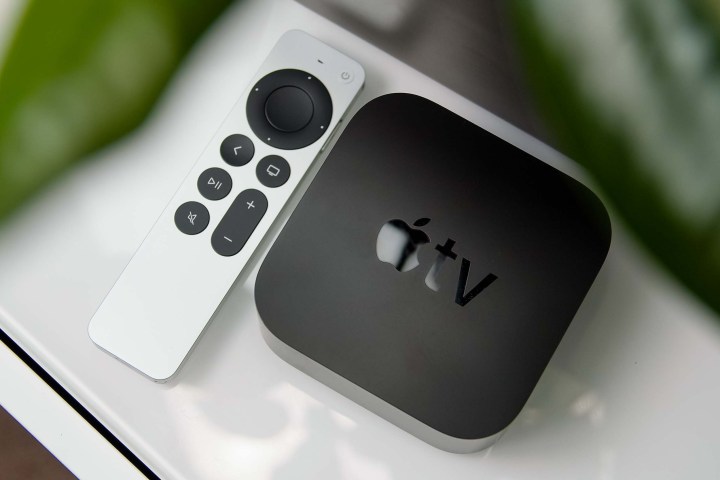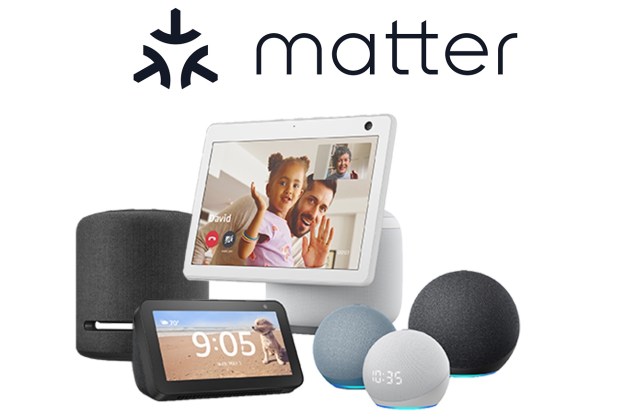Apple’s HomeKit Secure Video is a year or two late to the smart security party, but the company made sure it arrived with plenty of skills, customizations, and algorithmic expertise.
Jumping on the HomeKit bandwagon, HomeKit Secure Video is an Apple-exclusive monitoring suite that you can get access to through an iCloud+ subscription. Offering a range of impressive surveillance features, instant notifications, and geofencing abilities, HomeKit Secure Video checks all the boxes when it comes to safeguarding your home, business, and personal data.
But in a DIY marketplace where brands like Ring and SimpliSafe are the OG web-connected watchdogs, why should you consider going with HomeKit Secure Video over all the seasoned pros? There are several reasons actually, and we’ve covered them all below.
End-to-end encryption

Much like any other DIY home security system, HomeKit Secure Video kicks into action when a certain subject crosses into a camera or sensor’s monitoring zone. Once a recording is initiated and the action-oriented event is completed, the footage gets beamed from the smart security product to your iCloud+ library. But from A to B, what kind of peace of mind does Apple offer? Quite a bit, actually.
For starters, the HomeKit Secure Video pathway is encrypted from end to end. Once uploaded into your iCloud, only the user and any user-invited eyes can view the footage, and this protection of data starts at the local level. That means that even if Apple or an affiliated company wanted to peek at your data, the lockup initiates the moment your recording hits your HomeKit hub — be it an iPad, HomePod, or Apple TV.
Without your permission, there’s simply no way to see your motion-triggered clips.
Affordable cloud storage

As we’ve discussed, motion-triggered surveillance clips of your home and property is the kind of footage you want to keep under lock and key. And while a number of smart security platforms give you access to some level of encrypted cloud storage, there’s usually a substantial cost associated with this capability. Take SimpliSafe for example. After purchasing whatever cameras you’ll need, the starting price for cloud storage is $10 per month for each cam or $28 per month for the Interactive Monitoring plan, which includes the camera subscription on top of other benefits.
Now let’s take a look at Apple’s iCloud+. If your home security needs are relatively basic, you can choose either the 5GB plan with one attached camera for only $1, or the 200GB plan with the option to add up to five cams for only $3. Need even more coverage? You can go as high as 2TB per month for HomeKit Secure Video for as many cameras you want, and the asking price is only $10. And best of all, none of the recorded content goes against your monthly data.
While there are pros and cons for all DIY security packages, the competitive pricing of Apple’s iCloud+ plans is a major perk that makes investing in smart security cameras and sensors all the more approachable.
Streamlined setup and controls

Smart devices make the web-connected home go round, but when there’s an app for a set of smart cameras, and another one for your smart lights, and one more for your smart lock, that spinning world can quickly become a confusing universe. With HomeKit Secure Video, companion apps may not even be required for setting up your camera.
Let’s say you’ve decided to purchase the Eve Cam for your home. Instead of downloading the Eve app to get the camera registered and activated, all you have to do is launch Apple’s Home app and add the camera to your ecosystem — it’s really that simple.
And ideally, as more and more smart security products become compatible with HomeKit Secure Video, the faster and more efficiently your HomeKit hub will be able to add, activate, and control your smart products. Speaking of smart stuff …
If you teach it, it will learn
Smart home products love knowing about our lives, especially when Alexa figures out you really like buying stuff. And when it comes to surveillance, HomeKit Secure Video is shaping up to be one of the most intelligent security suites on the market, thanks to a little bit of digitized memorization.
You see, your HomeKit hub (iPad, HomePod, or Apple TV) is the brains of your Apple security ecosystem, and brains like learning, right? Well, when footage gets beamed to your HomeKit hub, on-device intelligence jumps into action. This allows the hub to analyze your footage frame by frame to determine what kinds of subjects are moving around your property — including people, animals, and cars.
The more footage the hub analyzes, the less unnecessary notifications it will send, like when the FedEx truck drives down the street, keeping alerts to only the most essential of passersby.
HomeKit Secure Video will also be able to recognize you and yours, which will allow your smart ecosystem to tap into some pretty cool geofencing capabilities. Let’s say you come home from work and the video doorbell locks onto your happy face. Instead of starting a video recording (because HomeKit knows you’re not an intruder), your motions will just turn on your downstairs smart lights.
Editors' Recommendations
- New Yale Assure Lock 2 models get fingerprint scanner, support for Apple Home keys
- 6 things you didn’t know Apple Homekit could do
- Why you should be using Google Home Routines
- Can your smart home save you money on homeowners insurance?
- Is it feasible to go all-in with one smart home ecosystem?




